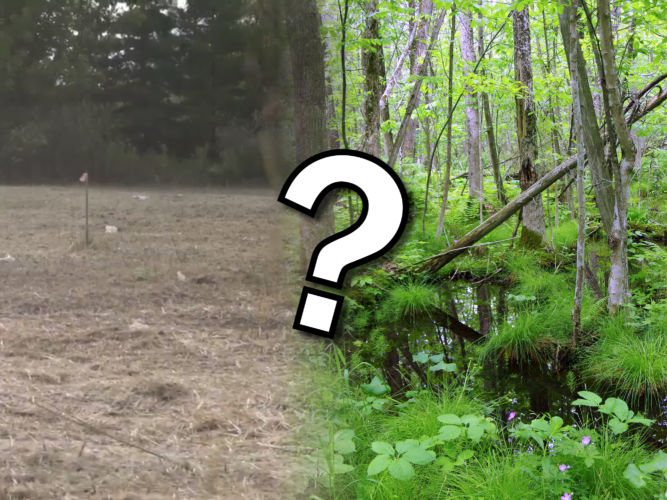Rep. Jim Steineke, Rep. Rob Stafsholt, and Sen. Roger Roth have circulated a bill for co-sponsorship that proposes to eliminate all state protections for non-federal wetlands. (Don’t know what non-federal wetlands are? Read on, we’ll explain below.) Under the proposal, LRB-4115/1 & LRB 4410/1, developers can fill “isolated” and ephemeral wetlands without a permit or any environmental review. Supporters of the proposal claim that the wetlands affected by the bill are low quality and that the bill retains protections for Wisconsin’s high-quality wetlands.
In an interview with the Milwaukee Journal Sentinel, Rep. Steineke further described the non-federal wetlands his bill is targeting as, “empty lots that have been deemed wetlands, as well as farm fields with depressions from tractors that are off-limits for development because they retain rainwater.”
Together with @SenatorRoth, I am introducing legislation that takes a common sense approach to how our state regulates wetlands. pic.twitter.com/KC6r38PGmZ
— Rep. Jim Steineke (@RepSteineke) September 29, 2017
This video, posted to Rep. Steineke’s Twitter page (it also appeared on his Facebook page for a couple weeks), shows confusion about what non-federal wetlands are and whether they are important.
The bill’s authors seem to be confused about what non-federal wetlands are.
So what are non-federal wetlands, and are they low-quality?
Non-federal wetlands are naturally occurring wetlands that are not protected by the federal Clean Water Act because they do not have a direct or permanent surface water connection to a navigable lake or river. An estimated 20% of Wisconsin’s wetlands, approximately one million acres, are non-federal wetlands. Though often described as “isolated” or “ephemeral”, these wetlands are hydrologically connected to surface and groundwater in many valuable ways and provide many public benefits.
For example, Wisconsin’s non-federal wetlands:
- provide flood storage and reduce downstream flood damages;
- supply critical and abundant habitat for waterfowl production;
- deliver year-round base flow to cold water trout streams;
- improve water quality by slowing the flow and reducing erosion;
- support a variety of rare plants, animals, and birds;
- and much, much more.
Non-federal wetlands are also far more diverse and high quality than the bill’s authors would have you believe. Wetland types that are often determined to be non-federal wetlands (that will no longer be protected under this bill) include but are not limited to:
Forested Ephemeral Ponds
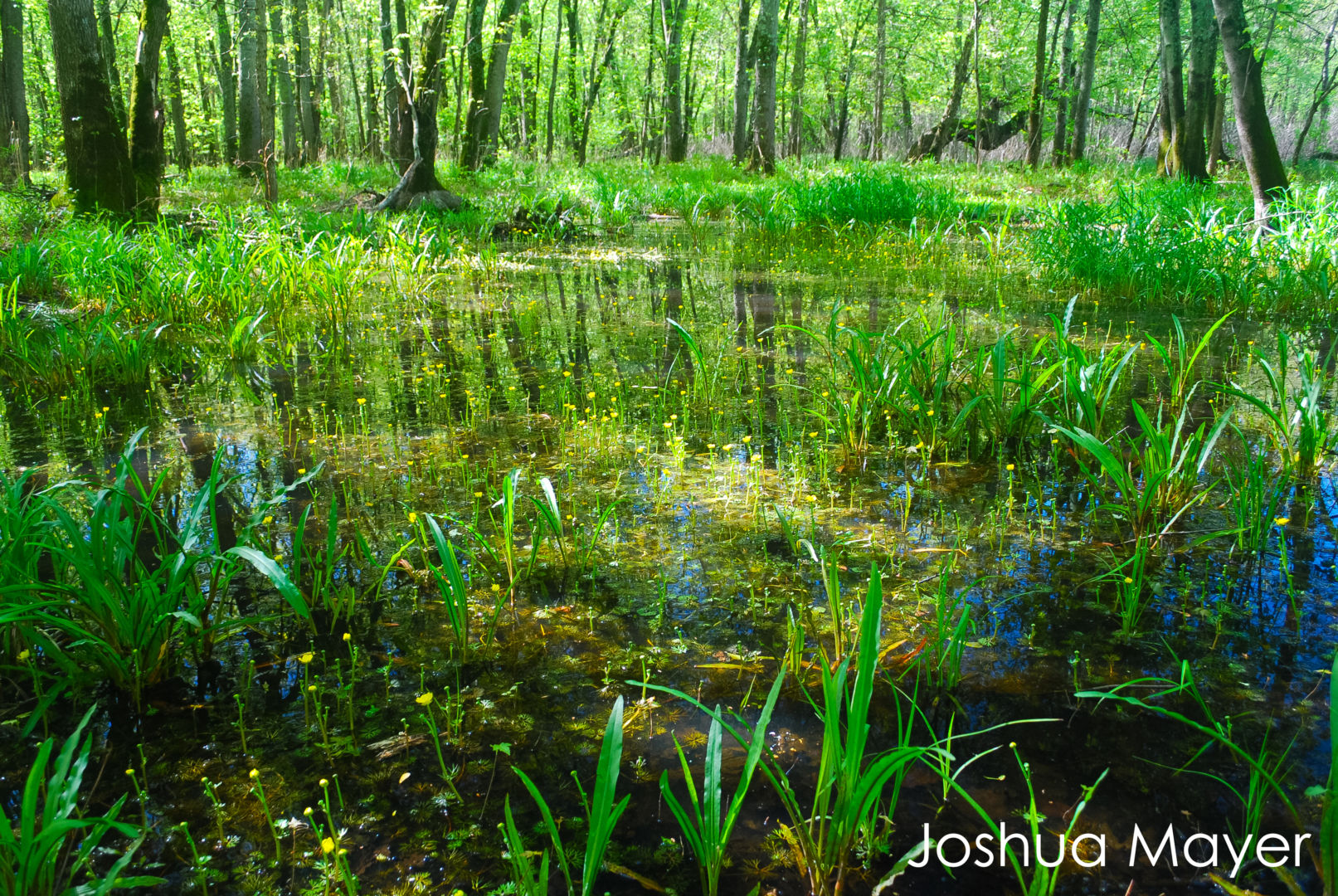
Open Ephemeral Ponds
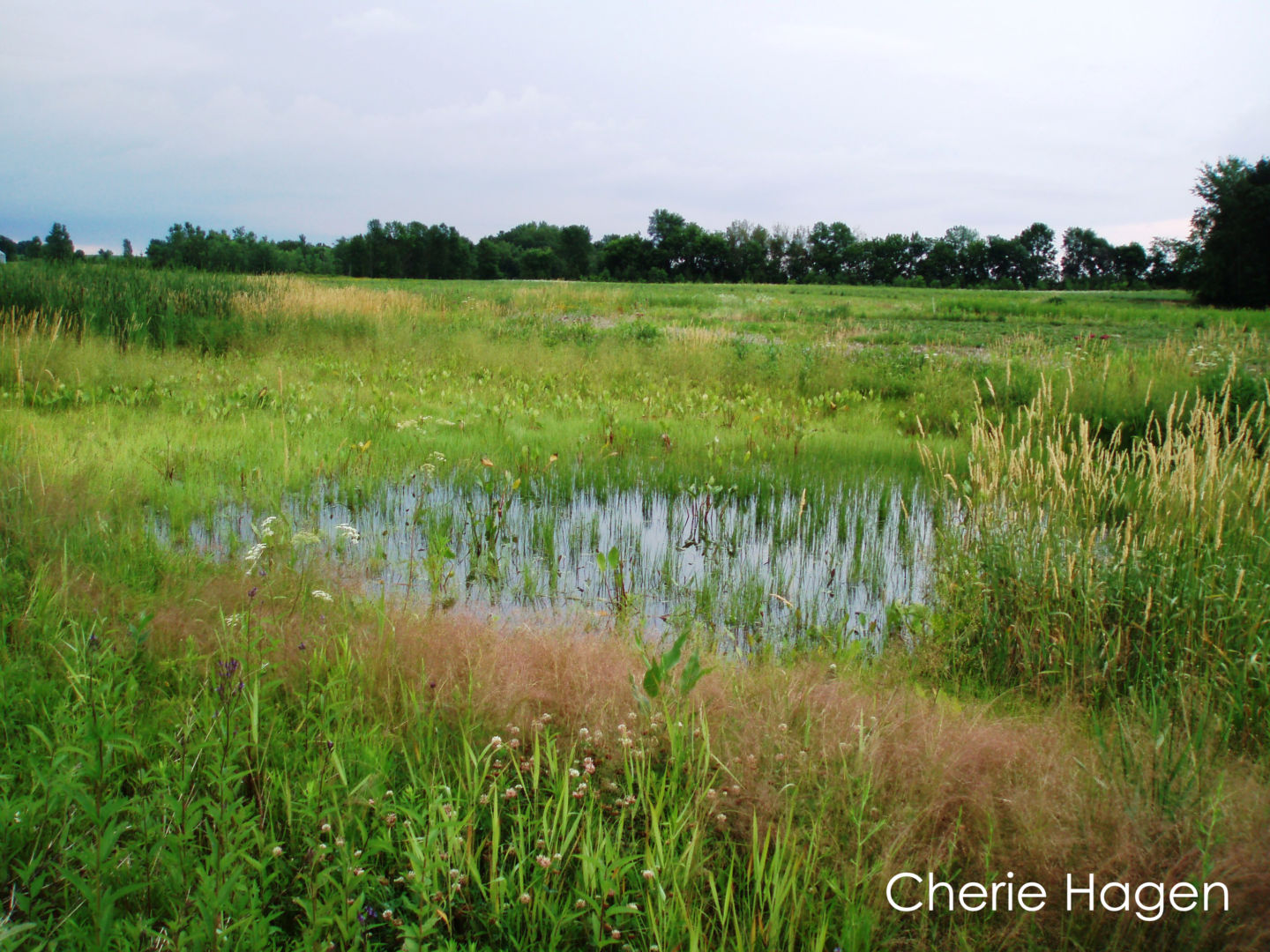
Ridge and Swale Wetlands
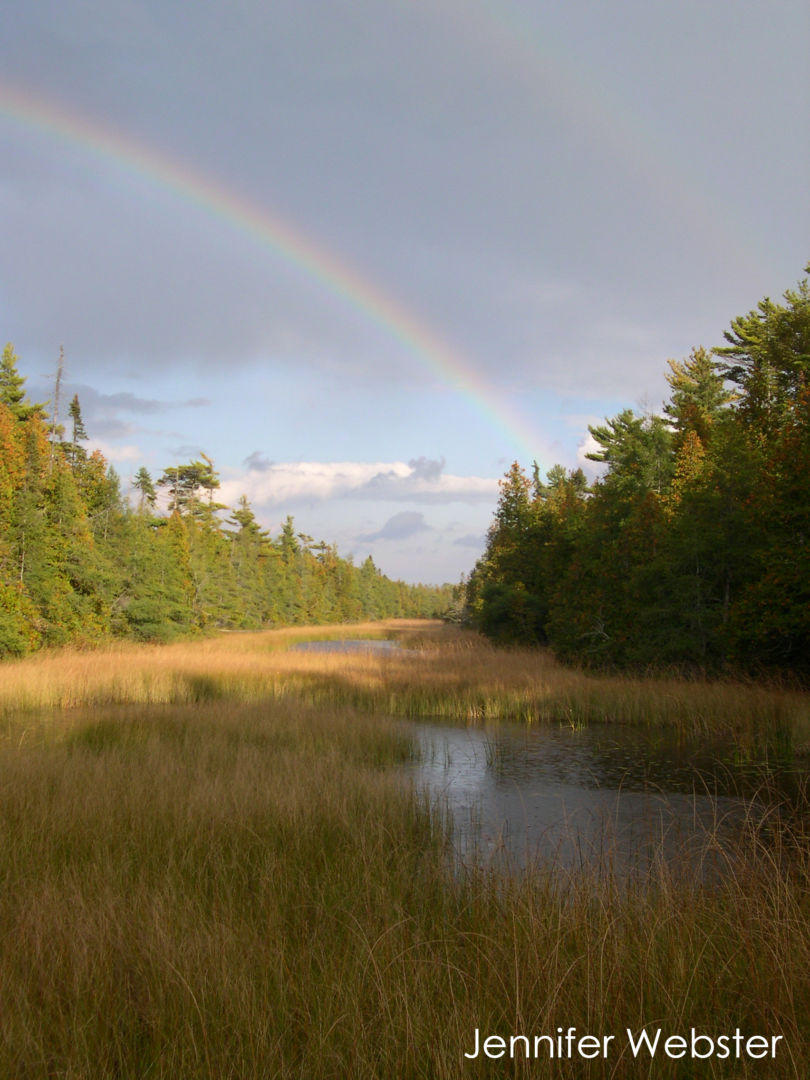
Kettle Bogs
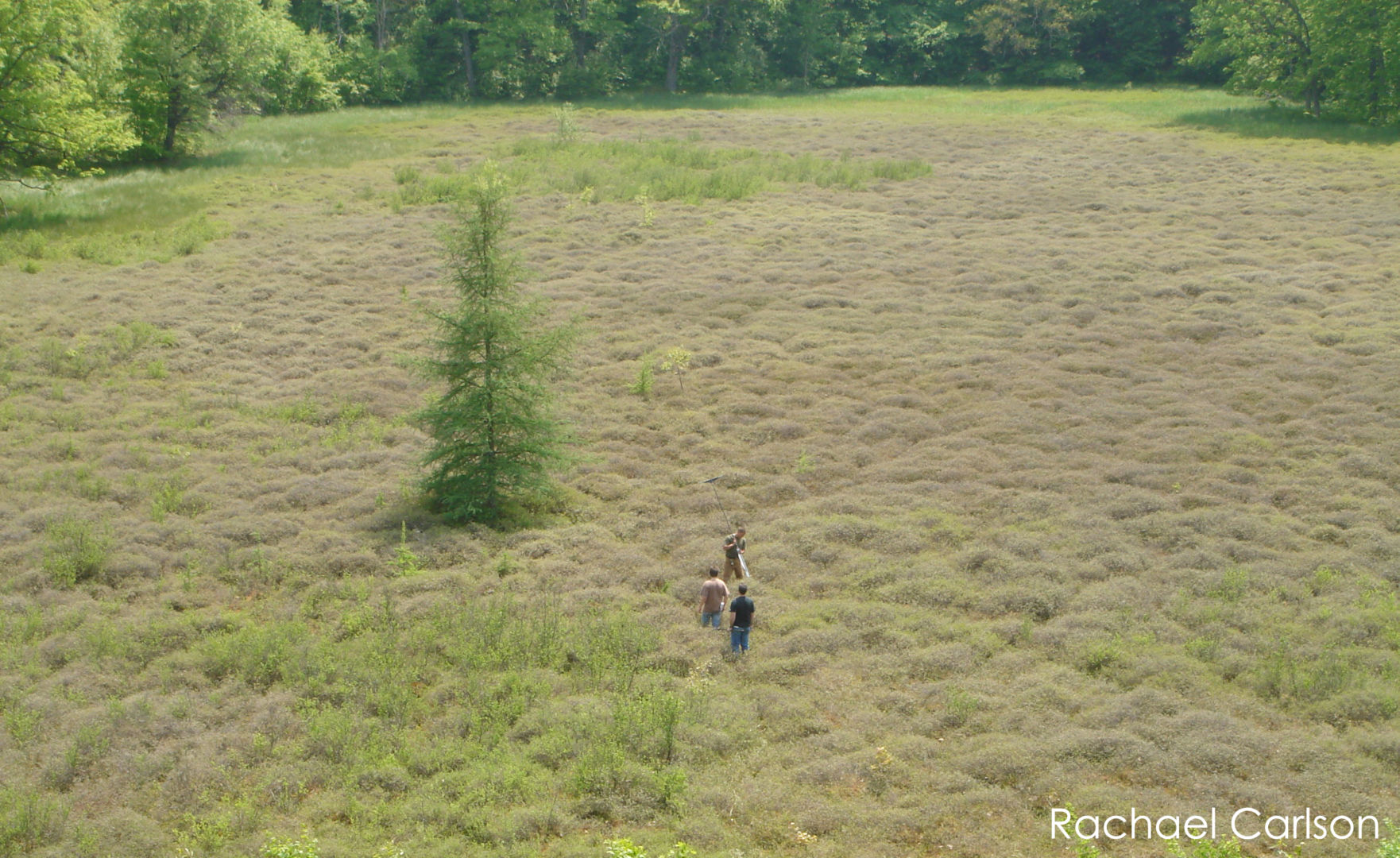
Some types of fens and other depressional wetlands created by the retreat of the glaciers are also sometimes determined to be non-federal wetlands. All of these wetland types are important for water quality, flood storage, wildlife habitat, and more.
Wisconsin’s non-federal wetlands are diverse, ecologically important, and worthy of protection.
Top photos from Rep. Jim Steineke and Kate Redmond

